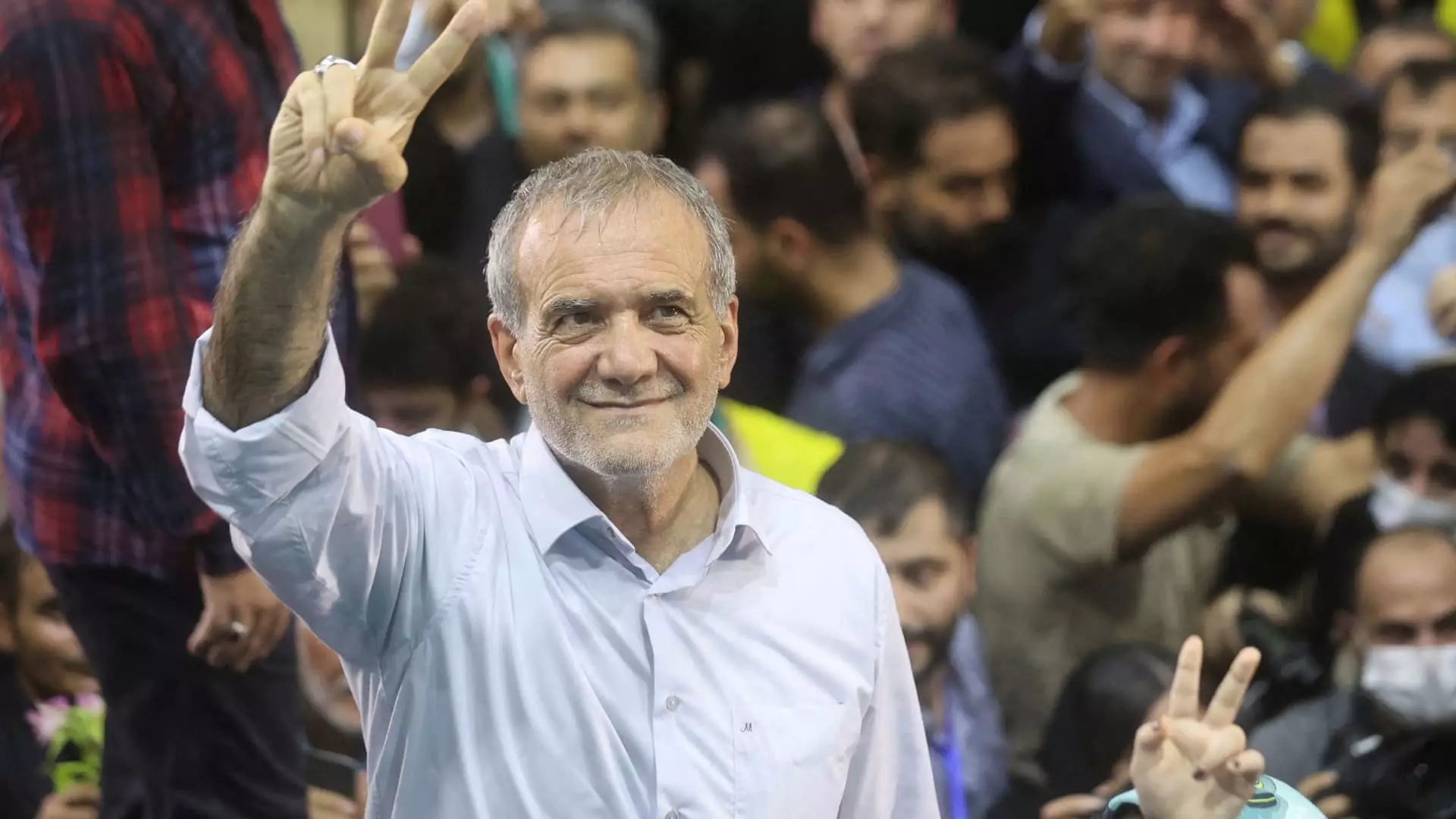Iran recently held its presidential election, resulting in the unexpected victory of Masoud Pezeshkian, a reformist candidate. Despite facing deep social discontent, economic hardship, and regional war, Pezeshkian managed to secure 16.3 million votes, defeating his rival Saeed Jalili, a hard-line right-wing former nuclear negotiator. The election saw a 49.8% turnout, indicating significant participation from the Iranian populace.
Many analysts have labeled Pezeshkian as the “token reformist” and a “second-tier candidate” with little name recognition. However, his moderate stance and endorsement by former reformist president Mohammad Khatami and other prominent politicians played a crucial role in his victory. Pezeshkian’s previous experience as the minister of health under Iran’s last reformist president and his tenure as a member of parliament since 2008 also contributed to his appeal to voters.
As Iran’s newly elected president, Pezeshkian faces numerous challenges during his four-year term. The country’s economy has been struggling, with high inflation and harsh crackdowns on dissent exacerbating the situation. Additionally, heavy Western sanctions, mounting tensions with the U.S. over Iran’s nuclear enrichment, and the ongoing Israel-Hamas war pose significant challenges for the new administration.
While the Iranian president plays a role in shaping foreign policy and acts as the public-facing messenger of the country, ultimate power rests with Supreme Leader Ayatollah Khamenei and unelected institutions like the Revolutionary Guards. Despite potential shifts in priorities, tone, and tactics, fundamental change in Iran’s political landscape is unlikely due to entrenched power structures and strategic imperatives. The influence of external factors, such as the outcome of the U.S. presidential election, further complicates the situation.
Although Pezeshkian’s victory could lead to renewed diplomatic engagements and slightly more progressive domestic policies, the broader framework set by the Supreme Leader and influential bodies like the Revolutionary Guard will likely constrain the extent of change. Real transformation is expected to be gradual and incremental rather than revolutionary, given the dominant power structures in Iran.
Election Process and Freedom
Iran’s presidential election follows the unexpected death of former President Ebrahim Raisi in a helicopter crash. However, the election process itself has been criticized for lacking transparency and fairness. The ultra-conservative Guardian Council decides who can run for president, limiting genuine choice for voters. The approval of only six out of 80 registrants, with all female candidates disqualified, raises concerns about the inclusivity and integrity of the electoral process.
Masoud Pezeshkian’s election as Iran’s president represents a pivotal moment for the country’s political landscape. While his victory signals a potential shift towards reform, the entrenched power dynamics and external challenges will likely shape the scope and pace of change in Iran. The road ahead is fraught with obstacles, requiring diplomatic finesse and strategic decision-making to navigate the complex realities facing the Islamic Republic.


Leave a Reply